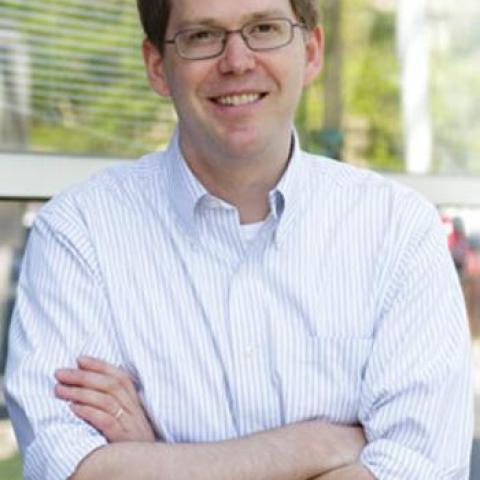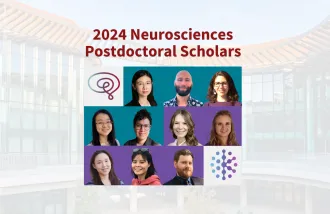William Greenleaf
Profile details

Professor of Genetics
Knight Initiative Funded Researchers, Wu Tsai Neuro Faculty Affiliates
William Greenleaf is a Professor in the Genetics Department at Stanford University School of Medicine, with a courtesy appointment in the Applied Physics Department. He is a member of Bio-X, the Biophysics Program, the Biomedical Informatics Program, and the Cancer Center. He received an A.B. in physics from Harvard University in 2002, and received a Gates Fellowship to study computer science for one year in Trinity College, Cambridge, UK. He returned to Stanford to carry out his Ph.D. in Applied Physics in the laboratory of Steven Block, where he investigated, at the single molecule level, the chemo-mechanics of RNA polymerase and the folding of RNA transcripts. He conducted postdoctoral work in the laboratory of X. Sunney Xie in the Chemistry and Chemical Biology Department at Harvard University, where he was awarded a Damon Runyon Cancer Research Foundation Fellowship, and developed new fluorescence-based high-throughput sequencing methodologies. He moved to Stanford as an Assistant Professor in November 2011. Since beginning his lab, he has been named a Rita Allen Foundation Young Scholar, an Ellison Foundation Young Scholar in Aging (declined), a Baxter Foundation Scholar, a Chan-Zuckerberg Investigator, and Arc Institute Innovation Investigator, and received the NIH Director's Pioneer Award. His highly interdisciplinary research links molecular biology, computer science, bioengineering, and genomics a to understand how the physical state of the human genome controls gene regulation and biological state. Efforts in his lab are split between building new tools to leverage the power of high-throughput sequencing and cutting-edge microscopies, and bringing these new technologies to bear against basic biological questions of genomic and epigenomic regulation. His long-term goal is to unlock an understanding of the physical “regulome” — i.e. the factors that control how the genetic information is read into biological instructions — to develop a quantitative understanding of how cells maintain, or fail to maintain, their state in health and disease.



